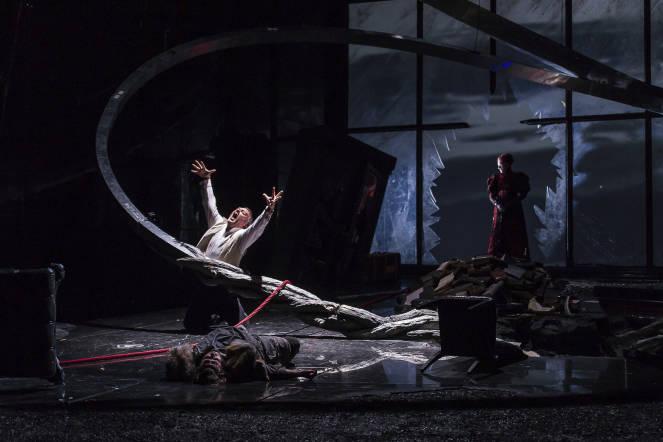A relatively new innovation in opera is the live streaming of performances into cinema. This means that thousands of people around the world now have access to operas at, say, the Royal Opera House that they wouldn’t have done previously. But a trip to the cinema is very different from going to an opera house and where you watch a production can have a profound effect on your experience.
First there’s the practical considerations. The cinema is both cheaper and easier to get to. Not all opera houses are able to offer live streaming, but two of the most famous are London’s Royal Opera House and New York’s Metropolitan, both great opera houses. I’ll take the former as my example.
The cinema tickets to live streams I’ve seen cost slightly more than a normal ticket – an extra 50p or at the most £1 at my local picturehouse, or around £16. Top price tickets for the ROH’s recent production of Carmen (Bizet, 1875) were £250 – imagine the cost of taking the whole family to that. Even my two tickets in ‘the gods’ cost £43 each, and that’s without travel costs or any food and drink.
It’s generally a lot easier to get to a cinema, too. Most people don’t live in London so a trip to the ROH requires a train journey or driving, with its attendant parking problems, which add cost and time to your visit. Most of us have a local cinema that we can get to quickly and cheaply, though.
My experience of live streamed opera – and other productions for that matter – is that the view is unrivalled. It almost feels like you’re on the stage with the performers. If it’s £250 for a ticket in the stalls at the ROH, imagine just how much one right in the action would be. The ROH streams are pretty slickly produced, too, with excellent sound reproduction, full introductions to the operas and interviews with key performers and behind-the-scenes staff all adding to the experience..
There is no doubt that live streaming provides access to opera to those who might otherwise not get the opportunity to go. I’ve noticed a lot of older people who are less mobile and might find it challenging to get to the ROH at the streamings I’ve seen. I’ve also seen families with younger children and I think this is a great way of introducing youngsters to opera without the stuffiness and cost of attending an opera house.
At this point you might be wondering why anyone would bother going to an opera house. I think a friend of mine nailed it when she said of the live streams: “It’s more a casual case of ‘pop in and see an opera’ than an event.” It’s that word event that really gets to the nub of it. That £43 for a seat right in rafters was worth every penny just to be there. Nothing can beat that full experience of being in a stunning, historic building with performers live in front of you.
That view of the stage in the live stream may be excellent, but it’s directed by someone else; you can’t choose on what to concentrate. This is especially evident with ballet productions where the cameras tend to concentrate on close-ups when the movement of whole body is important.
But for me the main thing that’s missing from the live stream is an emotional connection to the production. I love live performance, whether it’s opera, dance, theatre or Aerosmith in Hyde Park. I have a visceral, raw reaction to live performance that I simply don’t get from live streaming, however much I enjoy watching it. Watching a live stream and watching an opera in the flesh are very different experiences and each has benefits. For me, they complement each other and I hope to continue enjoying both.
Image
Antonio Pappano conducts Die Walküre, shown in cinemas on 28 October 2018. Photo courtesy of the Royal Opera House.

